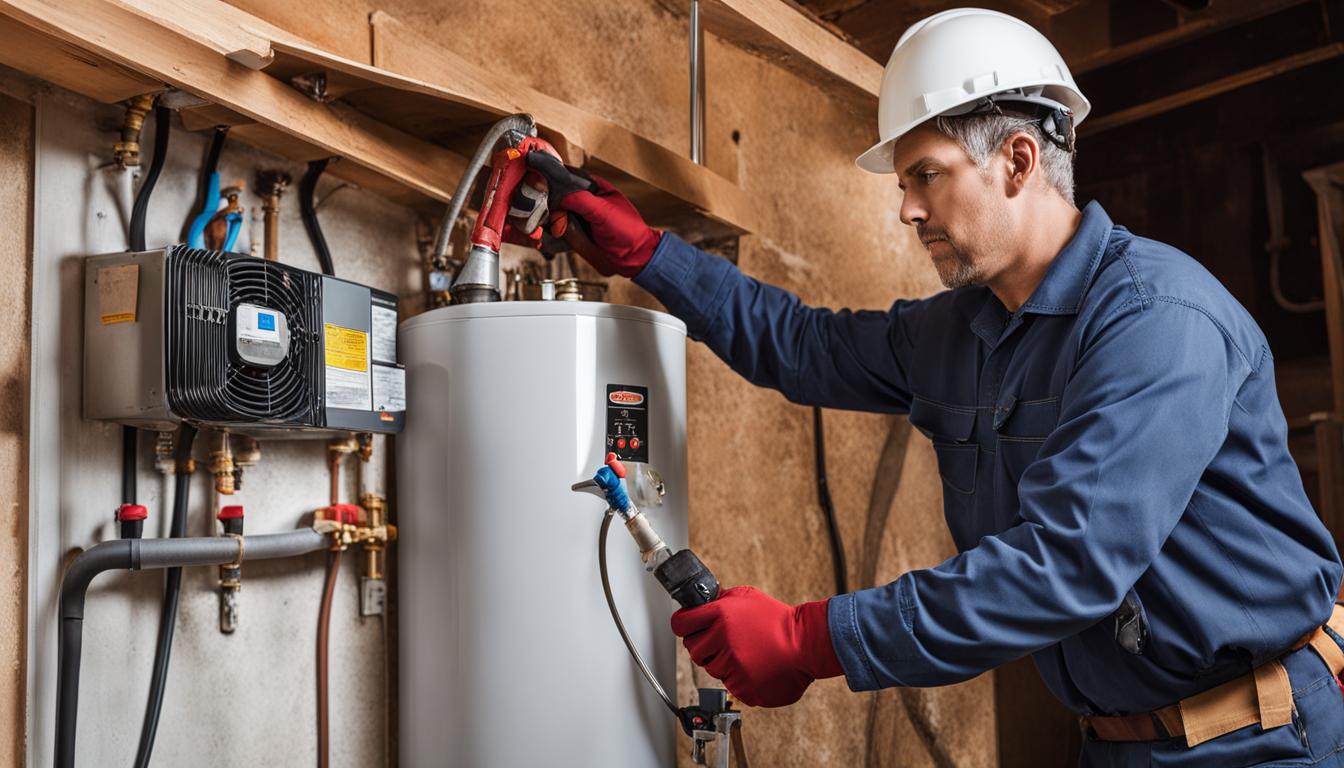Effective Techniques for Maintaining Your Home's Hot Water System
Effective Techniques for Maintaining Your Home's Hot Water System
Blog Article
They are making a number of good pointers on the subject of Tips For Maintaining Your Hot Water Heater in general in this post in the next paragraphs.

Hot water is vital for everyday convenience, whether it's for a refreshing shower or cleaning meals. To guarantee your warm water system runs successfully and lasts longer, regular maintenance is crucial. This write-up gives practical suggestions and insights on just how to preserve your home's warm water system to avoid disruptions and expensive repair services.
Intro
Maintaining your home's hot water system might seem complicated, yet with a few simple steps, you can guarantee it runs efficiently for several years to come. This guide covers whatever from comprehending your warm water system to do it yourself upkeep tips and knowing when to hire expert help.
Significance of Preserving Your Warm Water System
Routine upkeep not just expands the life-span of your warm water system yet additionally guarantees it operates effectively. Ignoring upkeep can cause reduced effectiveness, greater power expenses, and also early failing of the system.
Indications Your Hot Water System Requirements Maintenance
Understanding when your hot water system needs attention can avoid major concerns. Keep an eye out for indicators such as irregular water temperature level, odd sounds from the heating unit, or rustic water.
Comprehending Your Hot Water System
Before diving into maintenance jobs, it's handy to comprehend the fundamental components of your hot water system. Typically, this includes the hot water heater itself, pipelines, anode poles, and temperature controls.
Monthly Maintenance Tasks
Normal month-to-month checks can assist catch minor concerns prior to they intensify.
Flushing the Water Heater
Purging your hot water heater eliminates debris build-up, boosting performance and lengthening its life.
Monitoring and Replacing Anode Rods
Anode rods protect against deterioration inside the container. Evaluating and replacing them when worn out is crucial.
Evaluating and Changing Temperature Setups
Readjusting the temperature setups makes sure optimal efficiency and security.
DIY Tips for Upkeep
You can do several upkeep tasks yourself to maintain your hot water system in leading condition.
Checking for Leakages
Frequently evaluate pipes and connections for leakages, as these can result in water damages and higher costs.
Checking Pressure Alleviation Valves
Evaluating the stress relief valve guarantees it works correctly and stops excessive stress buildup.
Shielding Pipelines
Insulating warm water pipes lowers heat loss and can conserve energy.
When to Call a Specialist
While DIY upkeep is advantageous, some concerns require specialist expertise.
Complex Concerns Requiring Expert Help
Examples consist of major leaks, electric troubles, or if your water heater is continually underperforming.
Regular Professional Upkeep Benefits
Expert upkeep can include complete inspections, tune-ups, and making sure conformity with safety requirements.
Verdict
Regular upkeep of your home's warm water system is important for effectiveness, long life, and price savings. By complying with these pointers and knowing when to seek expert aid, you can make certain a reliable supply of hot water without unforeseen disturbances.
Water Heater Maintenance Tips
Test the TPR Valve
Shut off the power and the cold-water supply valve. Place a bucket under the pipe connected to the temperature-pressure-release (TPR) valve on the top or side of the tank. (This valve opens if the tank pressure gets too high.) Lift the valve’s tab to let some water out, then let go. If water keeps flowing, drain the tank partway, unscrew the old valve with a pipe wrench, and install a new one. Check the Anode Rod
Put a hose to the tank’s drain cock and let out a few gallons of water. Now fit a 1 1/16-inch socket onto the rod’s hex head on top of the heater (or under its top plate) and unscrew the rod. If it’s less than ½ inch thick or coated with calcium, buy a new one, wrap its threads with Teflon tape, put it back in the tank, and tighten securely. Use this segmented rod if headroom above the tank is limited. Drain the Tank and Wash Out Sediment
Drain the remaining water in the tank into the bucket, then stir up the sediment on the tank’s bottom by briefly opening the cold-water supply valve. Drain and repeat until clean water comes out of the hose. Close the drain cock, refill the tank, and turn its power back on. Adjust the Temperature
Find the temperature dial on the side of the tank and unscrew its cover. Adjust the dial to 120 degrees using a flathead screwdriver. For every 10 degrees the temperature is lowered, you can expect to save up to 5 percent in energy costs. Turn the water heater off or the thermostat down to its lowest setting if you plan to be away from home for more than three days. Insulate the Pipes
Buy some self-sticking 3/8-inch-thick foam pipe insulation that matches the pipes’ diameter. Slide the foam over the hot-and cold-water pipes as far as you can reach. Insulating the cold-water pipe prevents condensation in summer. Peel the tape and squeeze the insulation closed. If the pipe is 6 inches or less from the flue, cover it with 1-inch-thick unfaced fiberglass pipe wrap. https://www.thisoldhouse.com/plumbing/21016402/how-to-maintain-a-water-heater

Hopefully you enjoyed reading our article on What Kind of Maintenance Do Water Heaters Need?. Many thanks for taking the time to browse our post. Sharing is caring. Helping others is fun. I recognize the value of your readership.
Appointment Report this page